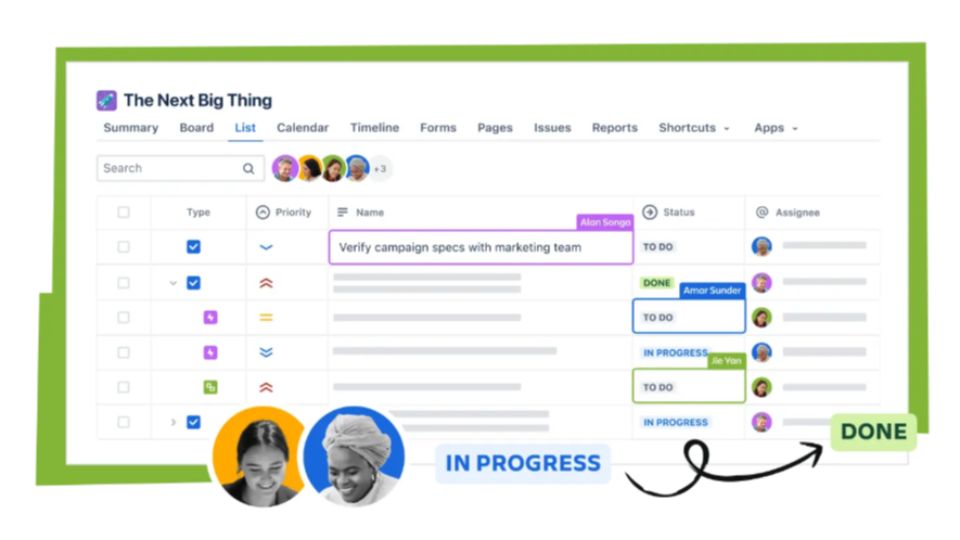Jira Definition: A Comprehensive Explanation
Jira is a full-scale project management software developed by Atlassian, primarily serving issue tracking and the management of agile projects. It was initially intended to be a tool for tracking bugs for software developers, but it has become a highly versatile platform for managing tasks, projects, and workflows for companies on a global scale. As a result, it allows teams to plan, track, and release projects more efficiently using agile methodologies such as Scrum and Kanban.
Key Features Of Jira
- Agile Project Management: Jira provides Scrum and Kanban boards, allowing teams to follow patterns easily through visual tracking of tasks in real-time. Its workflows are flexible and highly customizable, allowing for perfect adaptation to the specific processes of a team.
- Issue & Task Tracking: Jira excels in tracking bugs, issues, and tasks to ensure nothing slips away. The system enables users to assign tasks, set priorities, and track progress, all in one place.
- Flexible Workflows: Jira offers customizable workflows according to any team's project structure, ranging from basic work item management to more complex processes.
- Reporting & Analytics: Jira provides robust reporting capabilities, including burndown charts, sprint reports, and cumulative flow diagrams, which help teams track their performance and make data-driven decisions.
Why Choose Vabro Over Jira?
While Jira is a solid tool for agile teams, Vabro elevates project management by providing AI-driven insights, superior task automation, and smooth integration capabilities. Vabro offers a simpler user interface without compromising functionality. Whether you're sprinting, tracking issues, or visualizing workflows, Vabro provides everything in one place at a much more competitive price point. Switching to Vabro means faster delivery, improved collaboration, and benefits that pay off without the steep learning curve often associated with traditional tools.
(Image Source: Jira Official Website)
